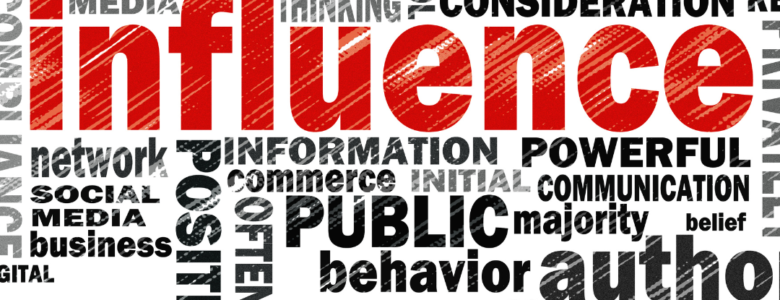When considering a reverse mortgage, understanding the factors influencing the interest rates is crucial. In this blog post, we’ll unravel the complexities behind reverse mortgage rates, empowering you to make informed decisions about this financial option tailored for homeowners in their retirement years.
Economic Conditions:
Reverse mortgage rates are influenced by broader economic conditions. Factors such as inflation, unemployment rates, and overall economic stability can impact the interest rates offered to homeowners.
Government Policies:
Government regulations and policies play a significant role in shaping reverse mortgage rates. Changes in legislation or updates to programs administered by agencies like the Federal Housing Administration (FHA) can directly affect the rates available to borrowers.
Lender Margins:
Lenders often add a margin to the base interest rate to cover their costs and earn a profit. Understanding the lender’s margin is crucial, as it can vary between lenders and impact the overall interest rate on the reverse mortgage.
Home Equity:
The amount of home equity you have influences the interest rate on a reverse mortgage. Generally, the higher the home equity, the more favorable the interest rate, as lenders perceive lower risk when there is greater equity.
Borrower’s Age:
The age of the borrower is a key factor. Older borrowers may qualify for more favorable rates, as the loan duration is typically shorter, and lenders consider this when determining the interest rate.
Loan Type:
The type of reverse mortgage you choose can affect the interest rate. For example, fixed-rate and adjustable-rate reverse mortgages may have different rates, and understanding the pros and cons of each is crucial in making an informed decision.
Market Conditions:
Like traditional mortgage rates, reverse mortgage rates can be influenced by market conditions. Fluctuations in the financial markets and interest rate trends can impact the rates available to borrowers.








